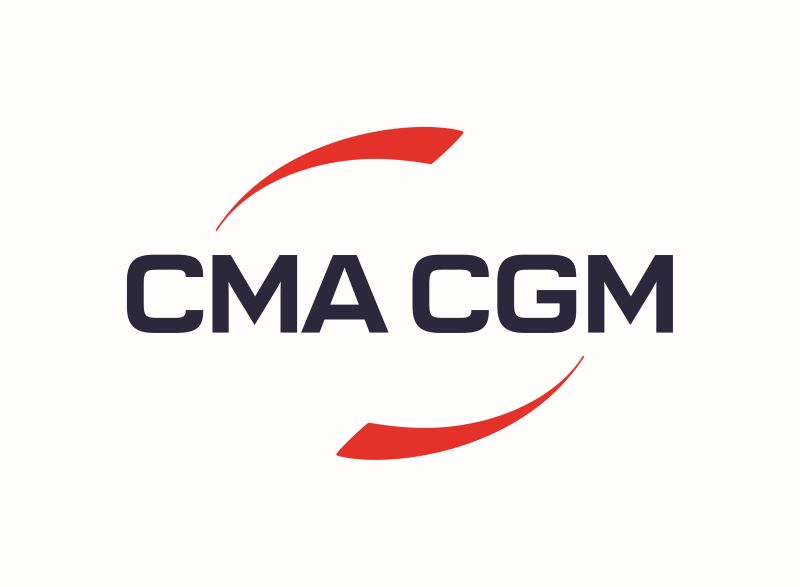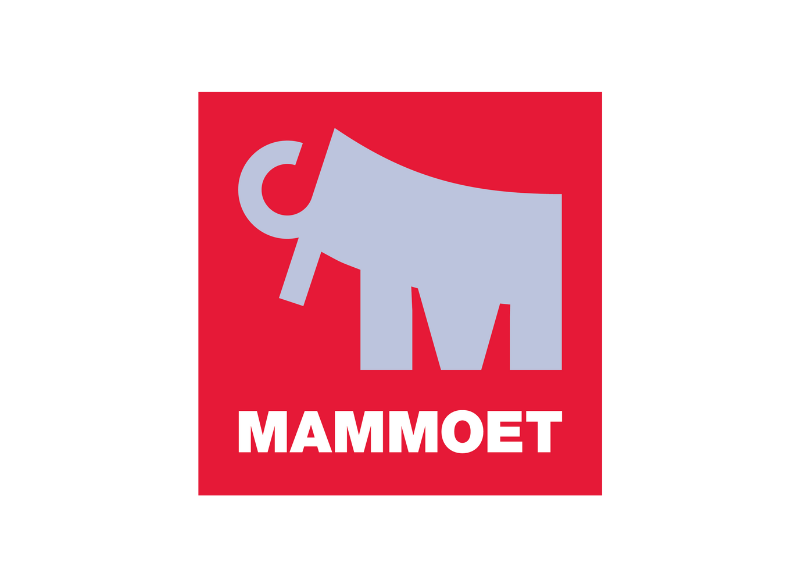Mar 21 | 2019
Part two of our project cargo odyssey through the Americas takes us to Central America.
Our first stop on our tour of Latin America, and the prospects for contract generation are looking good.
Similar to the breakbulk sector in North America, government and private investment in a wide-range of different sectors requiring heavy-lift logistics support is improving Central American market prospects.
Colossal cash sums are about to enter the region, and regional oversized freight flow is expected to grow too. Join us as we continue our trip round the Americas for a look at project cargo’s prospects in Central America.
Breakbulk in Central America
A regional renewables leader

Central America has grabbed hold of renewable energy with both hands, presenting the blueprint for clean power generation adoption.
In 2015, the governments of Costa Rica, El Salvador, Guatemala, Honduras, Nicaragua and Panama, formed the Clean Energy Corridor. This multi-national project has put the emphasis squarely on sustainable, green energy production.
“Each country is doing everything possible to generate clean sources,” Panama’s Energy Minister Fernando Diaz told IPS News.
50% of energy traded via this interconnected grid comes from hydroelectric sources. A further 35% comes from thermal, and 15% from a mixture of wind, geothermal and solar energy.
This block approach has made the region a significant investment hub for internationals.
“It is more attractive to invest in larger projects than individually. The project generates conditions to attract investment,” said René González, Executive Director, of Nicaraguan electricity regulator Regional Operator Entity.
Projects are coming. In Panama, for example, the Parque Ecólio Toabré windfarm, an $150m, 110 MW development, has begun. Split into three phases, the project, which is being spearheaded by Elecnor, is expected to continue into the next decade.
El Salvador opened tenders across its country for twelve solar PV and six biogas projects, capable of generating 28 MW, in December 2018.
Also in El Salvador, AES completed construction of the first phase of an $160m private solar park in September 2018. Second and third phases are gearing up to take place, including three more plants built in central El Salvador.
This is just a small slice of the renewable activity happening or planned throughout Central America.
In response, heavy-lift firms are picking up cargo contracts across Central America. For instance, TIBA Mexico was tasked to with moving wind turbine equipment to a project site in Guatemala, with an average freight element weight of 105 tons. Using a mixture of cranes, trailers, low-bed 4 axles and modular, extendable equipment, TIBA completed its move, despite heavy Guatemalan rainfall.
Caribbean renewables sector shapes up

The Caribbean is also embracing the green revolution. According to Bruce Levy, CEO of BMR Energy, 2019 will be a banner year for renewable RFPs throughout the islands. Governments are looking to increase their renewables activity as recovery from 2017’s debilitating region-wide hurricanes continues.
Geothermal looks promising. After stalling, many countries are now eyeing up unlocking the Caribbean’s geothermal potential. Construction plans are expected to leap out of the planning stages and into reality in the Dominican Republic, whereas production well drilling could start in St. Vincent.
Elsewhere in the Dominican Republic, construction of the $80m Pecasa wind farm is underway. As much as 50 MW of cleanly produced could be added to the Republic’s energy mix once it comes online in early 2019.
More foreign capital is hitting the Caribbean, states MPC Renewable Energies MD David Delaire: “DIFs are looking for opportunities to fund projects in the region. Regional financial institutions are also embracing long term project financing, and local investors are slowly warming up to investing in renewable energy.”
Mr. Delaire earmarked Jamaica and Trinidad and Tobago are hotbeds for investment as the region’s largest economies.
Mexico: Central America’s green king

Mexico is shaping up to be not just a Central American green energy powerhouse, but a major worldwide player. The nation of 123 million people is aiming high when it comes to sustainable power supply, and so far, it is on track to reach its benchmarks.
What are Mexico’s energy goals? In the short term, it plans to meet 30% of its power requirements by 2021. The goal by 2050 is for Mexico to generate 50% of its energy from clean sources.
To give some scale of how seriously Mexico is taking renewable energy, the level of wind capacity it planned, built, and installed between 2012-2018 matched what took Canada 23 years to develop.
2018 was the year where Mexico’s Clean Energy Certificates (CECs) program came online. With CECs, Mexico is offering auctions for long-term contracts to both domestic and foreign investors: 15 years for energy generation and capacity, with a 20-year contracts available for those seeking full CECs.
The net result is a big upswing in projects. Mexico added 25% more wind capacity to its already impressive volume in 2018. It now generates 4.5 GW of electricity from wind farms.
More projects are in the pipeline. Italian multinational Enel Green Power, which controls around 1.8 GW of green energy supply in Mexico, is building a number of greenfield wind farms in the coming years. Underway is the $120m, 93 MW Reynosa project, and three further facilities planned in Coahuila and Nuevo Léon. A total of 593 MW will be added to Mexico’s wind sector via these wind farms.
“The start of construction of these wind farm broadens our leadership within the Mexican market as it allows us to enter into a new, strategic, wind resource-rich state,” said Antonio Cammisecra, Enel’s Global Renewable Energy Division Head.
Transporters are seeing strong contract opportunity throughout Mexico. In 2016, for instance, Kaleido Logistics moved a significant load of wind turbine components and blades, split across 9 separate shipments, from ports in Vietnam and China to Mexico’s Altamira, destined for a park in Jalisco.
A look at oil & gas in Central America
All this talk on renewables doesn’t mean traditional hydrocarbons are being entirely shut out of the energy conversation.
Mexico, for example, is in the midst of a wide-reaching liberalization program in its oil & gas sector, breaking the monopoly of stated-owned Pemex on E&P activity. As such, the Gulf of Mexico is becoming an even hotter location for exploration and production, especially in oil, with significant interest from international firms.
Talos Energy, for example, has outlined plans to drill up to three exploration wells in blocks 2 and 31 offshore in the Gulf.
It’s a similar story throughout other Mexican offshore fields. A Murphy Oil-led consortium struck oil in the block 3 in the Salina Basin region in March 2019, for instance.
Pemex also has its own upstream plans. In 2019, it is planning on drilling triple the number of wells compared with 2018 with the end goal of boosting production to 300,000bpd by 2022. Indeed, Pemex is not thinking small. It has lots of plans to greatly improve its production output, but building the necessary infrastructure will not be a simple task.
The NOC’s plans cover development of 506 wells in 201 fields, as well as implementation of 13 platforms in shallow waters. Additionally, Pemex’s upstream development calls for 27 new pipelines to be built.
The $8bn Dos Bocas Oil Refinery project is also another keystone project for Pemex. As of March 2019, it has invited four foreign firms to bid on the site’s engineering, procurement and construction contract. Bidders include KBR, Technip, and two consortiums comprised of Worley Parsons and Jacobs Engineering, and Bechtel and Techint.
Infrastructure investment hits Central America

Infrastructure is a key part of overall regional investment and improvement plans.
As the region’s largest economy, Mexico leads the way. Its total budget for infrastructure projects from 2019 onwards is $98bn split over 209 developments, according to Research and Markets “Infrastructure Insight: Latin America” report.
Travelling throughout the region, we can find some major developments. The long gestating Nicaragua Canal, a planned potential rival to Panama, is, allegedly, still going ahead.
“It’s true there have been delays, but HKND is still working on it. It’s a very big project. It’s going ahead slowly, but normally,” Nicaragua’s Canal Authority Chief, Manuel Coronel Kautz, told the South China Morning Post.
HKND, the Hong Kong Nicaragua Canal Development Group, is behind this $50bn, 171-mile megaproject. Its chief instigator and investor, Chinese billionaire Wang Jing, however has not been seen since losing a big chunk of his fortune in 2015.
Observers do not share Manuel Kautz’s optimism. “China is going to invest $25bn in different Latin American countries,” former diplomat Mauricio Diaz, said, “but Nicaragua is not on its radar.”
One place that definitely IS on China’s radar is Panama. A number of infrastructure projects are coming to the Central American state, with Chinese investors lining up to enter the market. In 2018, for example, the Panamanian government awarded a Chinese consortium a $1.4bn contract to build a canal-spanning bridge in 2018.
During a state visit to Panama in December 2018, Chinese President Xi Jinping and his Panamanian counterpart Juan Carlos Verla inked a range of infrastructure agreements. Panama is the first Latin American country to partner with China on its global Belt and Road logistics plan.
A smarter approach to infrastructure needed in Central America?
However, the fact remains that significant shortfalls affect infrastructure throughout the region.
“Central America obviously needs significant investment in infrastructure – and not just investment, but, I would say, smart investment,” Esteban Diez-Roux, principal transport specialist for the Inter-American Development Bank, which has been providing long-term financing for infrastructure in Latin America and the Caribbean for nearly 60 years, told Breakbulk. “The countries have to have the capacity to prioritize what they do.
“It’s not just a question of infrastructure that’s missing; it’s also a matter of making better use of what’s already there. Things are way, way better than they were 20 years ago, but we always have to be striving to improve.”
In Central America, lack of sufficient port capacity is a significant issue, he said, with a need for more efficient smaller facilities, in addition to a few hub ports that offer deeper drafts and ability to accommodate larger vessels.
The private sector must play a substantial role, particularly in the port sector, where concession agreements and other public-private mechanisms have proven especially effective, according to Diez-Roux.
China is anticipated to remain the biggest player in direct bilateral investment in Central American infrastructure for the foreseeable future, he said.
“The need is substantial,” Diez-Roux said. “We have enormous projects in the highway sector and elsewhere where the needs are very large and much of the materials and equipment need to be transported by ship.”
An optimistic but cautious outlook for project cargo in Central America
While there is a real need for infrastructure upgrades, the development in oil & gas and renewables is creating a significant industry buzz around Central America. As such, the region is emerging as a potential major driver of heavy-lift contract demand into the next decade.
Breakbulk Americas is where the project cargo opportunities will be, as well as the region’s largest gathering of sector professionals. Don’t forget to register your interest in this event, and join the conversation for yourself in Houston, Texas, this year.
.png?ext=.png)






.png?ext=.png)









_3.png?ext=.png)

.jpg?ext=.jpg)











